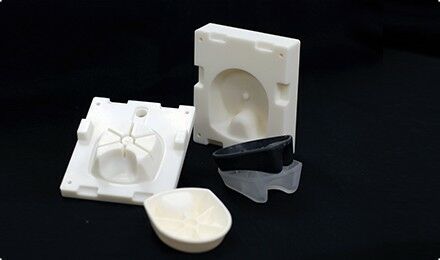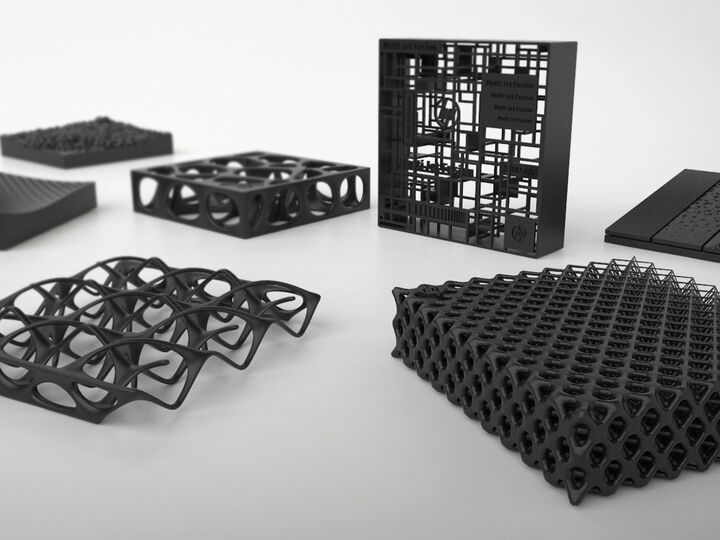
| Product price | $1.30 |
| Ship from | Foshan, Guangdong, China |
| Supply ability | 50 centimeters / day |
| Avg. production time | 3 days |
| Product packaging | Corrugated boxes |
| Shipping packaging | Corrugated box |
| Incoterms | EXW |
What is resin?
Resin generally refers to a softening or melting range after heating, a tendency to flow under external force when softened, and a solid, semi-solid, and sometimes liquid organic polymer at normal temperature. Broadly speaking, any polymer compound that can be used as a raw material for processing plastic products is called a resin. The resin is a hydrocarbon (hydrocarbon)-like secretion from a variety of plants and is a coniferous plant. That is to say, the tree makes the air and water into a resin, which is generally used to protect oneself, such as protecting yourself from insects and protecting yourself from the wind, the sun and the rain.
What are the two classifications of resin?
First, according to the resin synthesis reaction classification:
1. Additive polymer: This type of resin refers to a polymer obtained by addition polymerization. The chemical structure of the chain structure is the same as that of the monomer, such as polyethylene, polystyrene, polytetrafluoroethylene, and the like.
2. Polycondensate: This type of resin refers to a polymer obtained by condensation polymerization, and the chemical formula of the structural unit is different from that of the monomer, such as a phenol resin, a polyester resin, a polyamide resin, and the like.
Second, according to the composition of the resin molecular backbone
1. Carbon chain polymer: This type of resin refers to a polymer whose main chain is composed entirely of carbon atoms, such as polyethylene, polystyrene, and the like.
2. Hetero-chain polymer: This type of resin refers to a polymer composed of atoms of two or more elements such as carbon and oxygen, nitrogen, sulfur, etc., such as polyoxymethylene, polyamide, polysulfone, polyether, and the like.
3. Elemental organic polymer: This type of resin means that the main chain does not necessarily contain carbon atoms, and is mainly composed of atoms of elements such as silicon, oxygen, aluminum, titanium, boron, sulfur, phosphorus, such as silicone.
Resin generally refers to a softening or melting range after heating, a tendency to flow under external force when softened, and a solid, semi-solid, and sometimes liquid organic polymer at normal temperature.
What are the functions of the resin and various uses?
The resin is usually insoluble in water and soluble in organic solvents. According to the source, it can be divided into natural resin and constituent resin; according to the different processing methods, there are thermoplastic resin and thermosetting resin.
The polymerization temperature of the thermoplastic phenolic resin is 100 ° C, and the polyimide prepolymerization temperature is higher, the former can be self-heating before 100 ° C, and the latter is self-heating before 180 ° C. The former has a curing reaction with the hardener after 140 ° C, and the latter is prepolymerized at 180 ° C, so the temperature should be slowly increased.
Broadly speaking, any polymer that can be used as a raw material for the processing of plastic finished products is called a resin. Resin is the primary raw material for making plastics. It is also used to make coatings. It is the primary film-forming material for coatings, such as alkyd resins, acrylic resins, and fatty acid resins. These resins are mostly found in the Yangtze River Delta and the Pearl River Delta. Exuberant areas, such as Changxing Chemical, New Pace Resin, Sanying Resin, DSM Resin, etc., adhesives, insulation materials, etc., are used in industrial production and are widely used in the separation and purification of impurities in liquids. There are macroporous adsorption resins, ion exchange resins, and some special resins.
The constituent resin is a type of high molecular polymer composed of artificial materials. The most important use of the constituent resins is in the production of plastics. In order to facilitate processing and improve functions, additives are often added, and sometimes used directly for forming, so it is often synonymous with plastics. The constituent resin is still the basic raw material for making fibers, coatings, adhesives, insulation materials and the like. There are many varieties of resin, among which polyethylene (PE), polyvinyl chloride (PVC), polystyrene (PS), polypropylene (PP) and ABS resin are the five general-purpose resins, which are the most widely used constituent resin materials.
ABS resin is an acrylonitrile-butadiene-styrene copolymer. It is a large-scale general-purpose resin. It has been modified (added by adding agent or alloy) to improve the function of ABS engineering plastics. ABS alloy has large output and variety. Wide, is the primary modified plastic.
ABS is a light yellow granular or beaded opaque resin, non-toxic, odorless, low water absorption, and has outstanding comprehensive physical and mechanical functions, such as excellent electrical function, wear resistance, dimensional stability, chemical resistance and appearance gloss. And easy to shape. The defects are weather resistance, poor heat resistance, and flammability.
ABS/PC alloy is used to improve the flame retardancy of ABS, has outstanding mechanical strength, durability and flame retardancy. It is used in building materials, cars and electronics industries, such as TV sets, office automation equipment casings and telephones. In the ABS/PC alloy, the PC is dedicated to heat resistance, resistance, impact strength, strength, flame retardancy, and ABS advantages for outstanding processability, apparent quality, and low density.
ABS/PA alloy is resistant to impact, chemical, excellent fluidity and heat resistance. It is used in automotive interior parts, power tools, sports equipment, lawn mowers and snow blowers and other industrial parts, unit equipment casings, etc.
ABS/PBT alloy has outstanding heat resistance, strength, chemical resistance and fluidity, suitable for car interior parts, motorcycle outer cushions, etc.
The primary use of composite data is: 1 aerospace category. Because the composite material has good thermal stability, high specific strength and high specific stiffness, it can be used to make aircraft wing and front fuselage, satellite antenna and its supporting structure, solar battery wing and outer casing, casing of large launch vehicle, engine casing, Space shuttle structural parts, etc. 2 car industry. Because the composite material has special vibration damping characteristics, it can reduce vibration and reduce noise, and has good fatigue resistance. It is easy to repair after damage and easy to form. It can be used to make car body, force component, drive shaft, engine frame and its interior. member. 3 chemical, textile and mechanical production areas. The composite of carbon fiber and resin matrix with excellent corrosion resistance can be used to make chemical equipment, textile machines, paper machines, copiers, high-speed machine tools, precision instruments, etc. 4 medical categories. The carbon fiber composite material has excellent mechanical functions and does not absorb X-ray characteristics, and can be used for making medical X-ray machines and orthopedic supports. The carbon fiber composite material also has bio-tissue compatibility and blood compatibility, and is stable in the biological environment, and is also used as biomedical data. In addition, composite materials are used to make sports equipment and to build materials.
Thermosetting resin matrix composite data
The thermosetting resin-based composite material refers to a thermosetting resin such as an unsaturated polyester resin, an epoxy resin, a phenol resin, a vinyl ester resin, or the like, and is made of glass fiber, carbon fiber, aramid fiber, ultrahigh molecular weight polyethylene fiber, or the like. Enhance composite data made from materials. Epoxy resin is characterized by excellent chemical stability, electrical insulation, corrosion resistance, excellent bonding function and high mechanical strength. It is widely used in chemical industry, light industry, machinery, electronics, water conservancy, transportation, and sedan. , home appliances and aerospace and other fields. Its characteristics are good corrosion resistance, good solvent resistance, high mechanical strength, high elongation, good adhesion with metal, plastic, concrete and other materials, good fatigue resistance, good electrical function, heat aging, curing shortening Low rate, can be cured at room temperature or heat.
Products are mainly used in construction, anti-corrosion, light industry, transportation, shipbuilding and other industrial areas. In terms of construction, there are surface wall panels, transparent tiles, cooling towers, air conditioner covers, fans, FRP water tanks, sanitary wares, purification tanks, etc.; in petrochemical industry, it is mainly used for pipelines and storage tanks; in transportation, cars There are mainly body, hood, bumper and other accessories. There are car panels, doors and windows, seats, etc. on the train. There are mainly hovercraft, lifeboats, reconnaissance boats, fishing boats, etc. in the boat; in the mechanical and electrical categories such as roof fans, shafts Flow fans, cable trays, insulating rods, integrated circuit boards and other products have appropriate planning; in the aerospace and military fields, light aircraft, tail wing, satellite antenna, rocket nozzle, bulletproof board, body armor, torpedo, etc. have been achieved A major breakthrough.
 HP Nylon PA11
123LANWAN Intelligence(Branch of Infinite 3D Group)
HP Nylon PA11
123LANWAN Intelligence(Branch of Infinite 3D Group)